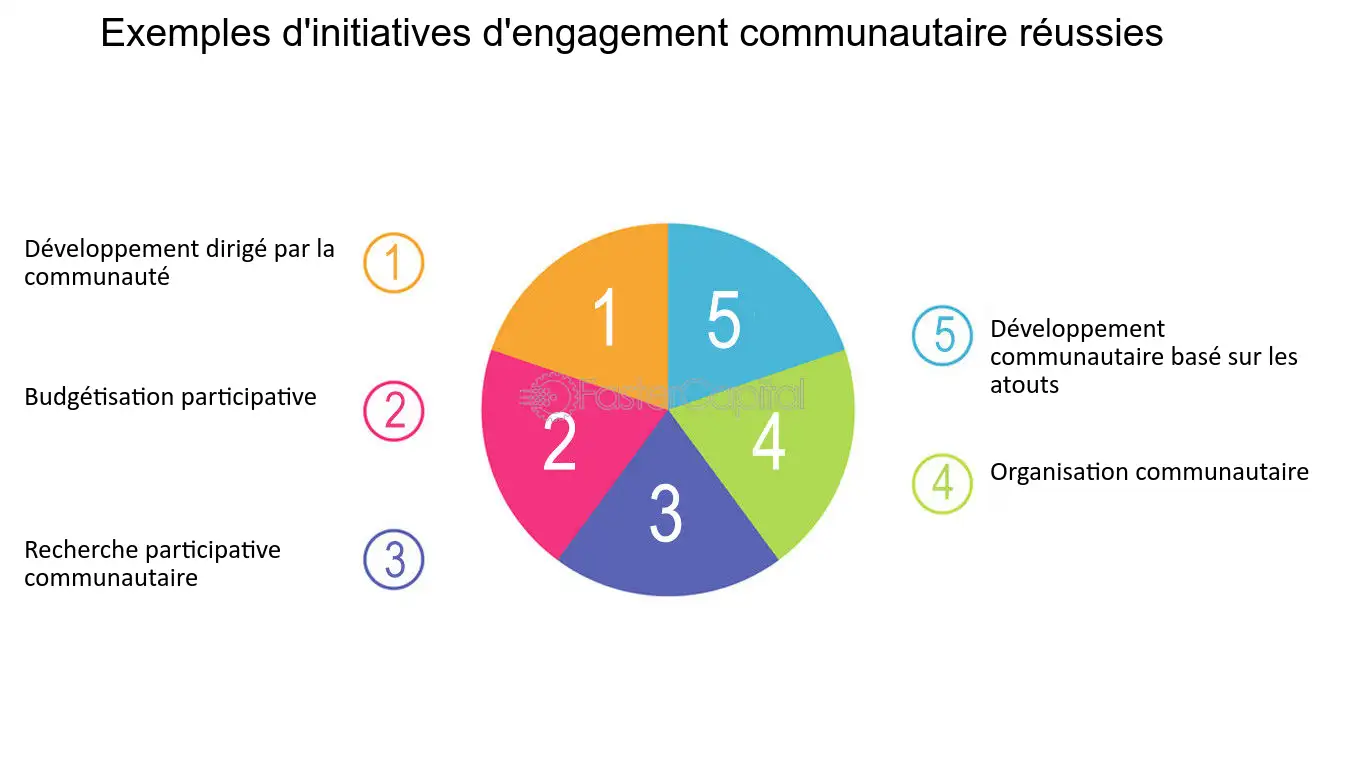Case studies on community engagement represent a critically important field of study, offering valuable insights into social dynamics and the interaction processes among different actors within a community. Community engagement is not simply limited to the participation or involvement of community members in local activities; it also encompasses a multitude of factors, ranging from governance issues to social well-being. Through various global experiences, this article explores how these interactions can positively influence individuals’ quality of life while painting a picture of best practices and highlighting the persistent challenges that remain to be overcome.
The experiences from Hawaii, Niger, and other countries show how community engagement can foster resilience and improve outcomes in health, education, and food security. Drawing on the results of diverse research, both theoretical and empirical, the article analyzes initiatives that have seen remarkable success and explores the guiding principles underlying their effectiveness.
Through a critical analysis of discourses regarding community engagement and an examination of case studies, notably those highlighting the fight against COVID-19, this article aims to provide a comprehensive view of the issues related to this topic. Finally, it presents future perspectives, establishing a crucial dialogue on the need to frame and structure these initiatives to maximize their societal impact.
Table of Contents
ToggleThe Foundations of Community Engagement
Community engagement is based on fundamental principles aimed at strengthening resilience and solidarity within communities. These foundations encompass values such as participation, collaboration, and the empowerment of individuals. Through these values, community members can unite to address the social, economic, and environmental challenges they face.

Participation as a Driver of Change
Participation is considered an essential driver for inducing change within communities. This involves not only the contribution of individuals to community initiatives but also the development of channels for open communication among members. For instance, a global case study shows how countries that have actively encouraged citizen participation in the decision-making process have observed significant improvements in public health outcomes.
Initiatives like those of the NGO ViiV Healthcare, which conducted the Positive Perspectives survey, are emblematic of such a participatory approach. By focusing on the needs of people living with HIV, this survey demonstrates the importance of integrating diverse voices into discussions around health, thereby allowing for a better understanding of the challenges faced by these groups and insights into their impact on community engagement.
Lessons Learned: Successful Case Studies
Case studies from different regions highlight varied approaches to community engagement. For example, the implementation of local projects in Hawaii has improved social services by mobilizing community resources. These initiatives are often rooted in specific cultural contexts, giving them particular relevance.

The Case of Niger: Learning to Test Resilience
The educational project in Niger, which teaches students about the challenges of community engagement for peace, is a model of successful community engagement. By adapting school curricula to local realities, the initiative has improved not only knowledge but also the sense of belonging among youth towards their community. These elements are crucial for developing a culture of peace and resilience.
The successes of this program highlight the importance of an integrated approach. Such an approach includes collaboration among schools, parents, and other community actors. Through a strengthened educational system, Niger strives to make its citizens more active and responsible in facing social challenges.
The Challenges of Community Engagement
Despite the successes noted in the case studies, community engagement is not without challenges. Numerous obstacles persist, affecting communities’ ability to engage effectively. In this section, we explore some of these challenges, including stigma, resource management, and communication difficulties.
Stigma and Social Inequalities
Stigma is a significant barrier to community engagement. It often prevents individuals from expressing their opinions and actively participating in local initiatives. This is particularly true in contexts where certain groups, such as people living with HIV, face systematic discrimination. Understanding the social issues and underlying stigma is crucial for creating an environment where every member of the community feels safe and valued.
To overcome this challenge, several studies suggest awareness and education-centered approaches. Mobilizing community leaders to address stigma issues and promote messages of solidarity and cohesion can make a significant difference. Initiatives like those implemented by ViiV Healthcare demonstrate how effective awareness programs can help reduce the stigma associated with HIV.
Future Perspectives for Community Engagement
Discussions on community engagement go beyond mere mobilization. They also address sustainable solutions to enhance social resilience. In the future, it is imperative to evaluate engagement methods to ensure they truly meet the needs of communities and individuals.
Strengthening Sustainable Initiatives
Successful community engagement initiatives rely on creating sustainable partnerships among various actors. This includes government, private sector, NGOs, and citizens. To illustrate this point, brands like Carrefour, Peugeot, and Air France have shown how partnerships between businesses and communities can contribute to fruitful community engagement projects. These companies not only invest resources but also ensure that their actions create mutual benefits for all actors involved.
| Brand | Type of Engagement | Expected Impact |
|---|---|---|
| Carrefour | Support for local agriculture | Improvement of farmers’ incomes |
| Peugeot | Vocational training | Increased employability |
| Air France | Transport programs for NGOs | Facilitation of humanitarian interventions |
The future also depends on the ability of community leaders to navigate constantly evolving environments, anticipate societal needs, and adapt to changing circumstances. It is imperative to regularly assess the impact of ongoing initiatives, learn from past case studies, and listen to the voices of the community.
Through engagement and participation, communities can build a future that not only fosters resilience but also inclusion, respect, and harmony. It is essential that collaborative governance efforts are reinforced by well-understood and accepted strategies, notably in the development of new community action plans, as illustrated by this article. These developments will contribute to a global strengthening of trust between institutions and society.














